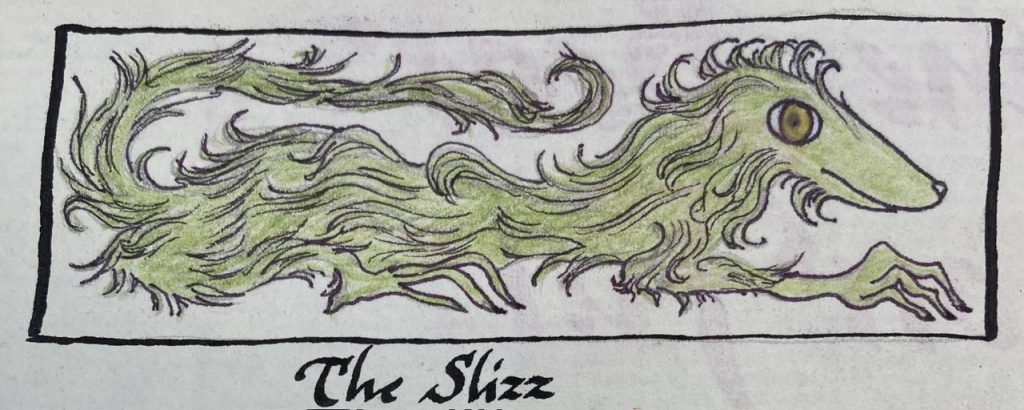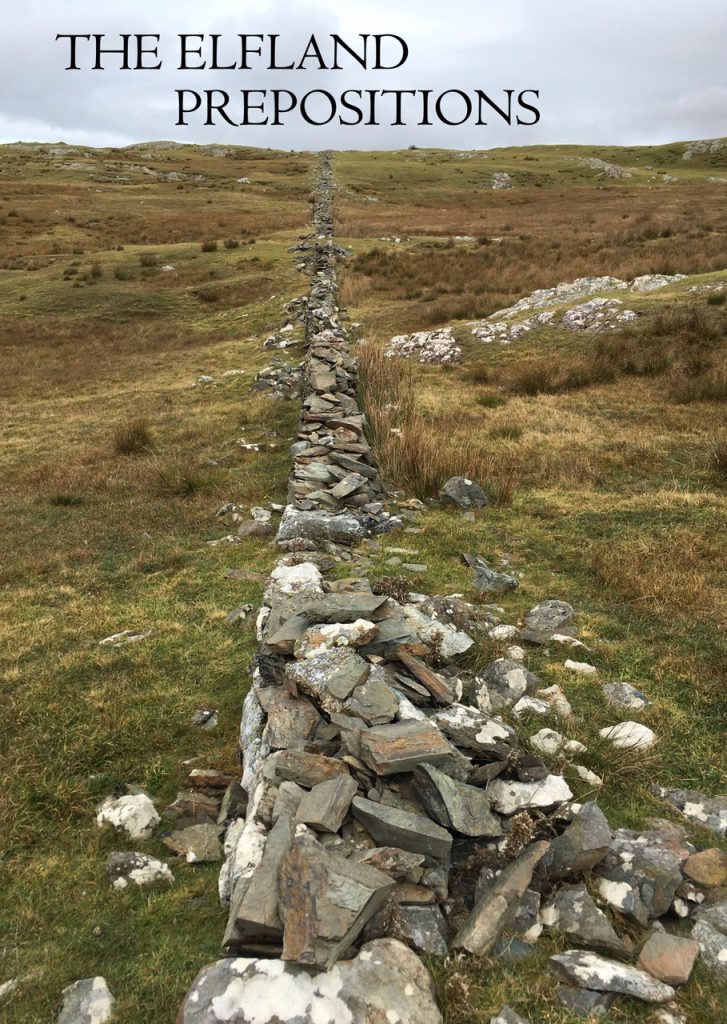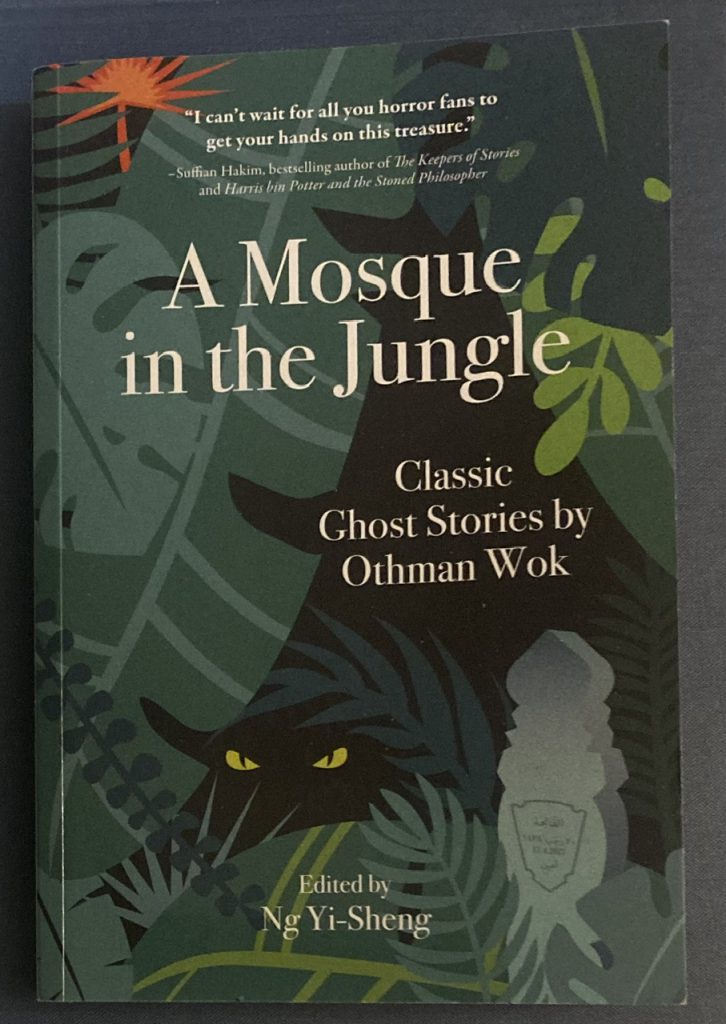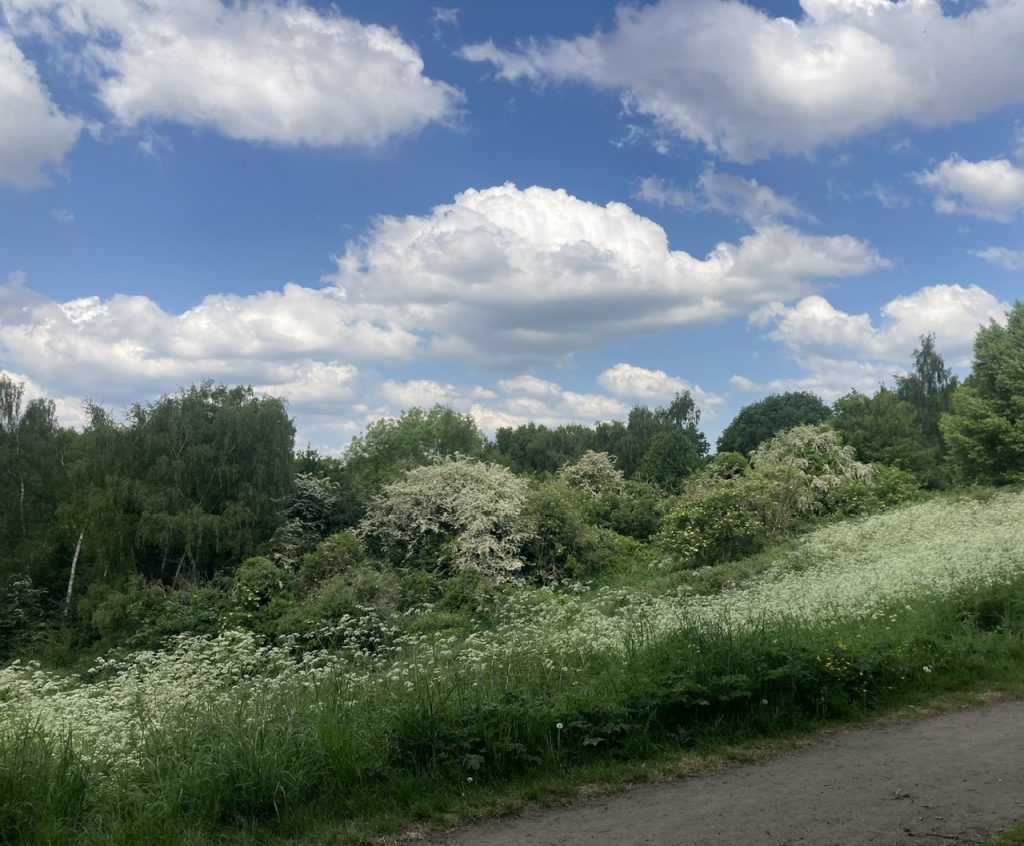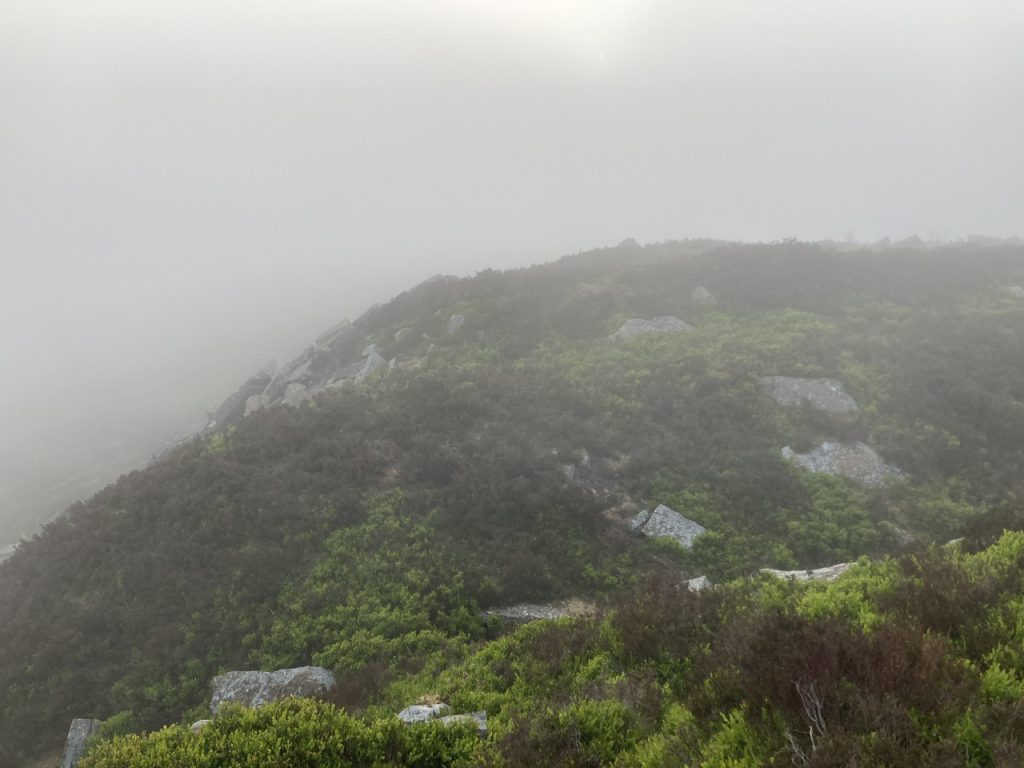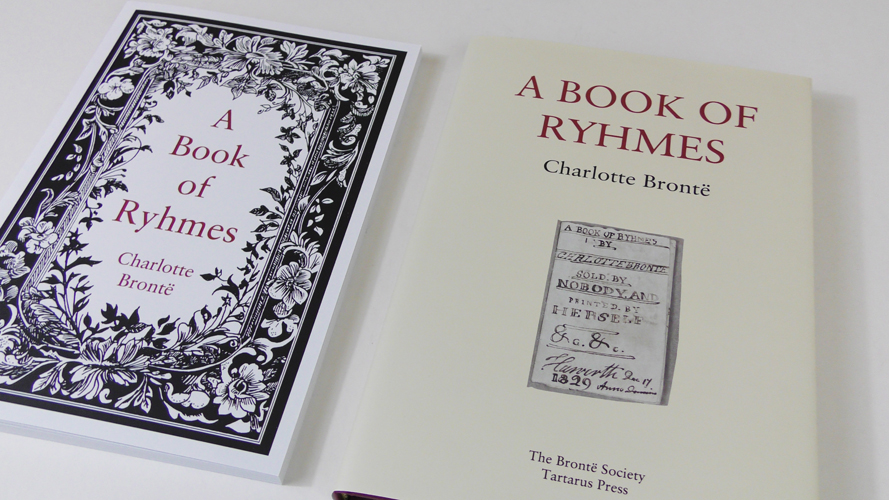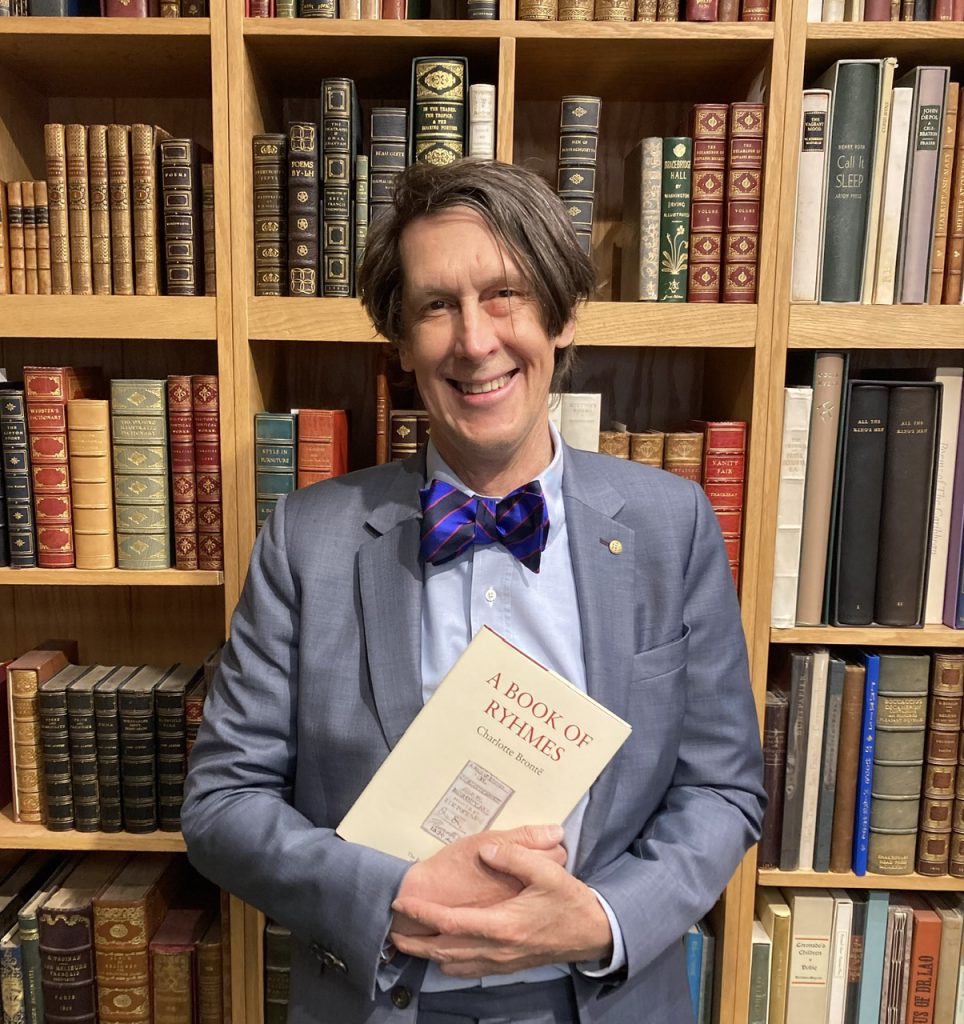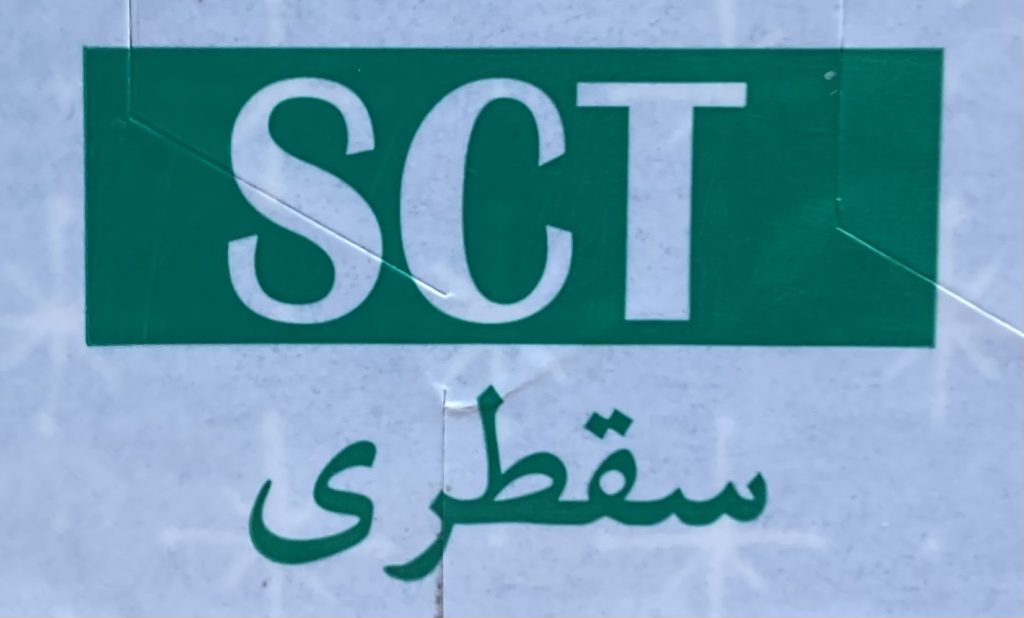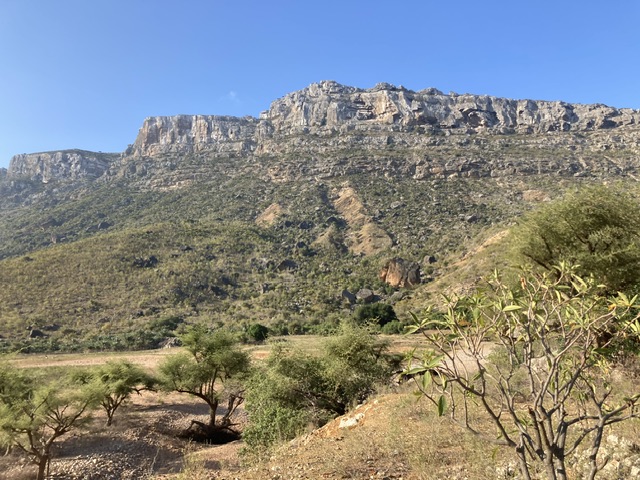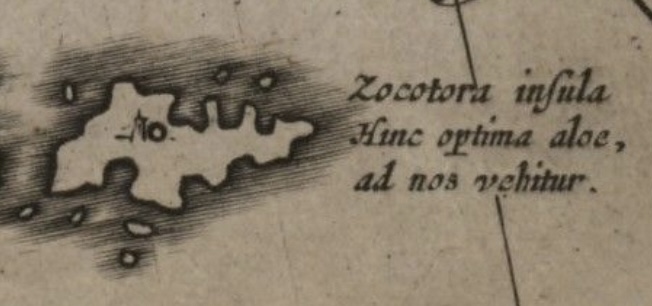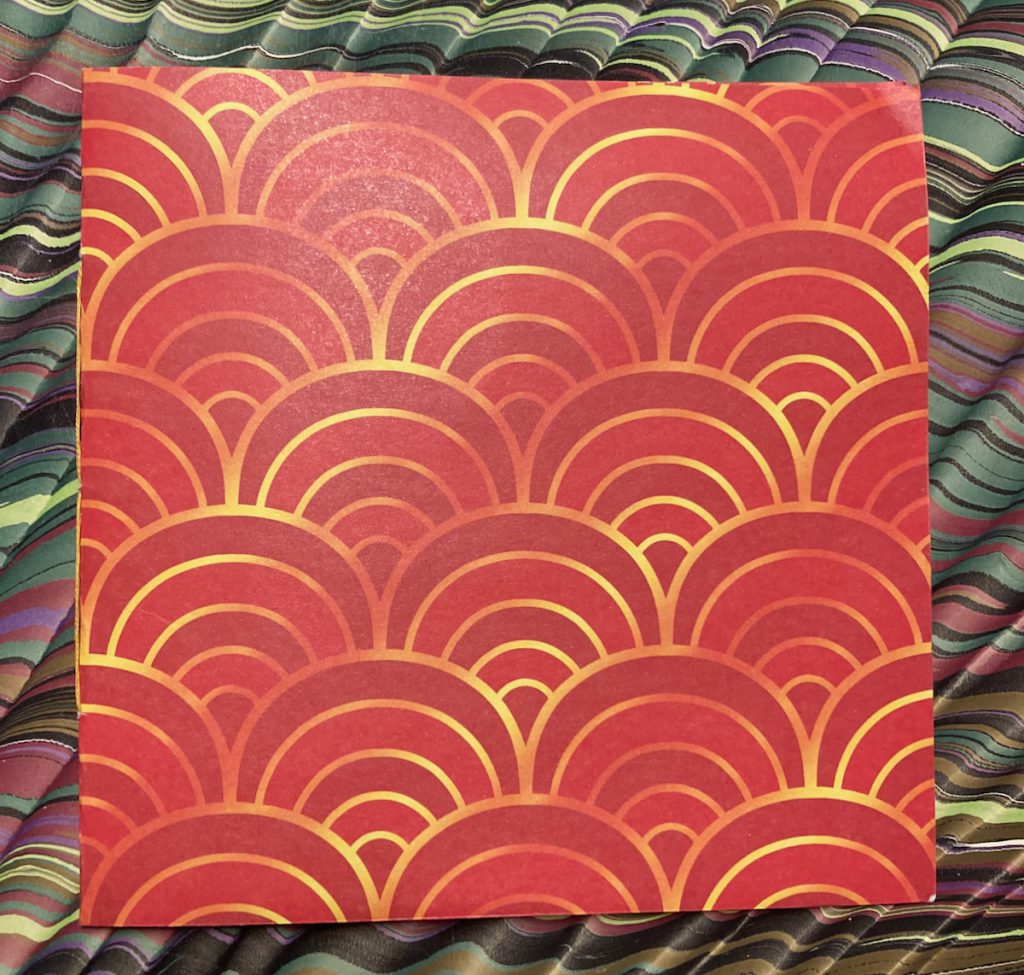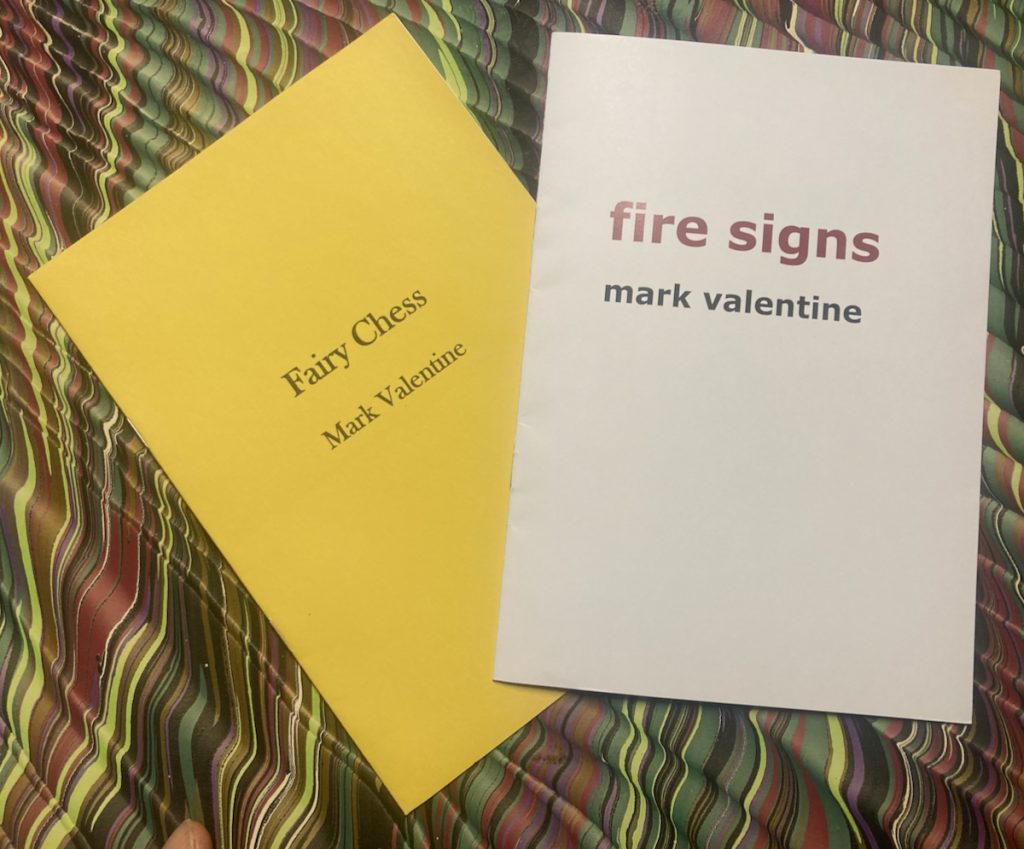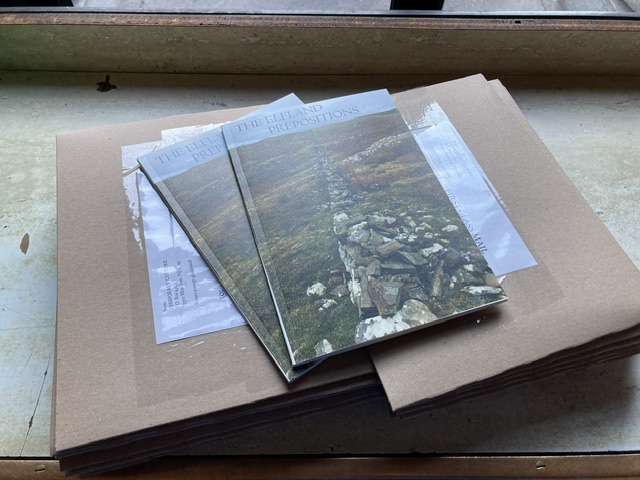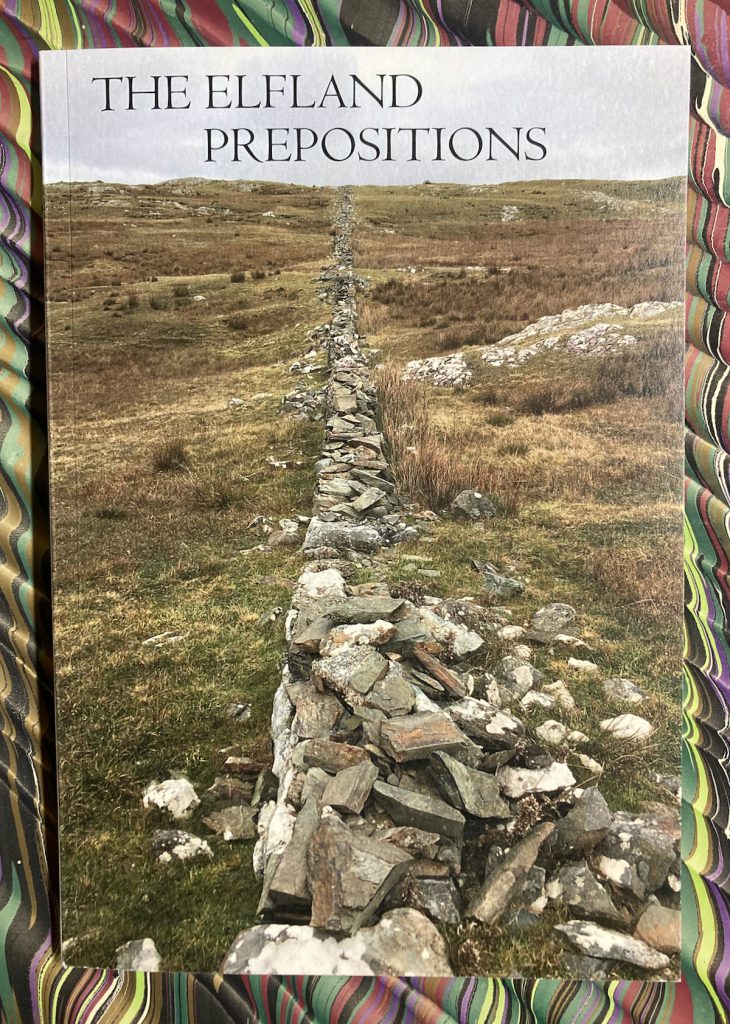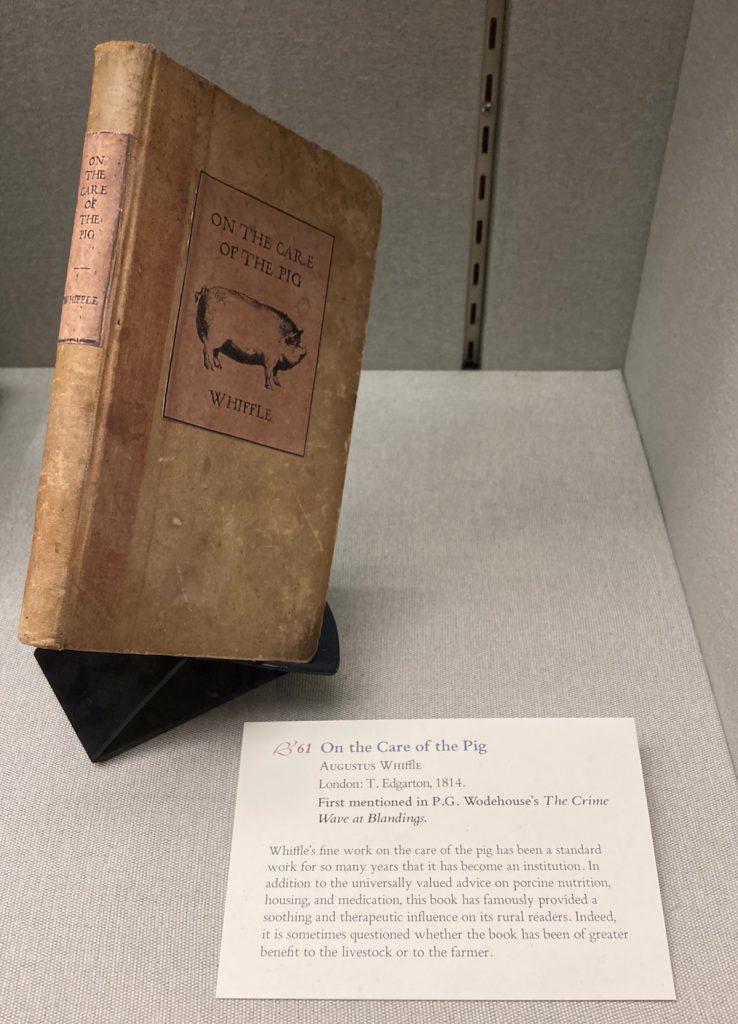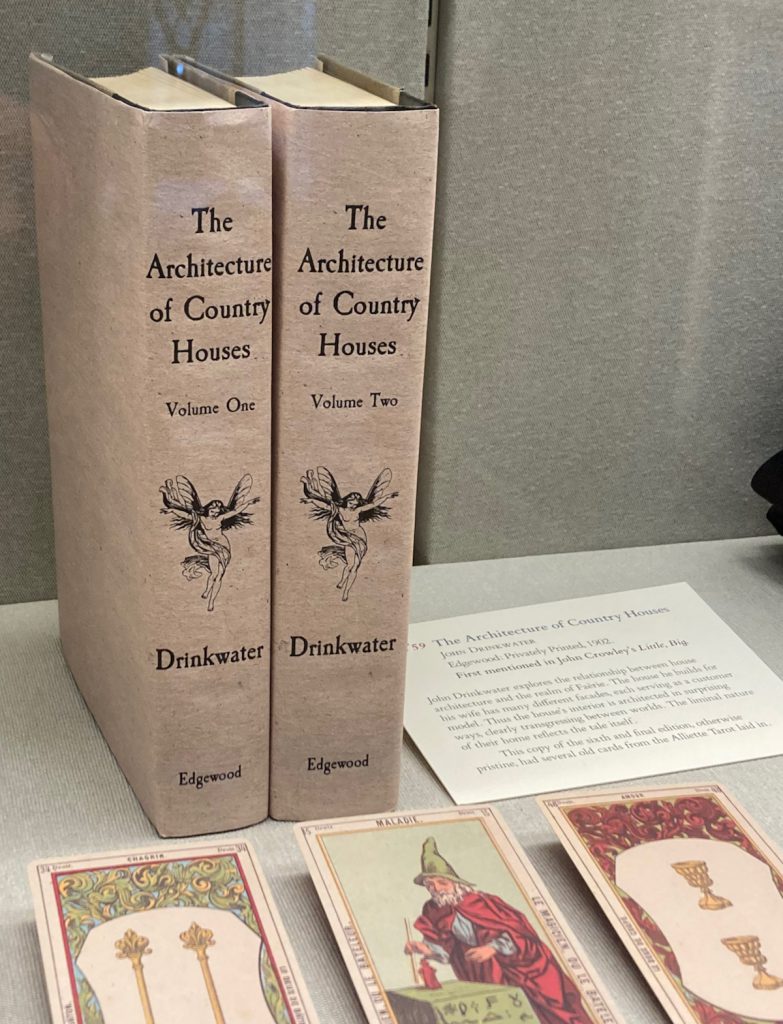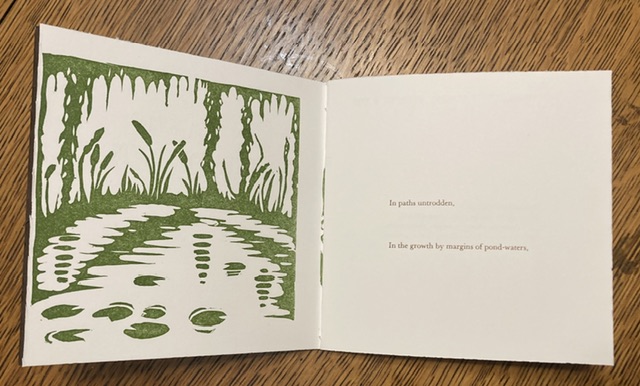
— Henry Wessells. Another green world. Zagava, 2025. Paperback issue. Pp. 180, [2, blank], [2, imprint]. Sage green wrappers printed in black, lower wrapper with blurbs by Guy Davenport, William Gibson, and Joanne McNeil.
On a very hot evening in late June, your correspondent went to Newark airport to expedite customs clearance and collect the first author copies of Another green world, newly re-issued by Zagava Books with two additional stories. It is a stylish book in a tall narrow format, set by Jan-Marco Schmitz in Minion pro with titles in Roadway.
The paperback is a pleasure to hold and read. The hardcover issue is in production, and a formal announcement of publication is expected. Zagava make nice books. Perhaps you will agree.
The table of contents is as follows (with note of the story‘s first publication) :
- From This Swamp. (The Starry Wisdom. A Tribute to H. P. Lovecraft. Ed. D. M. Mitchell. Creation Books, 1994)
- Book Becoming Power. (NYRSF, March 2000)
- Another Green World. (Nature, 15 June 2000)
- The Polynesian History of the Kerguélen Islands. (Exquisite Corpse 45 & 47, 1994)
- The Institute of Antarctic Archaeology & Protolinguistics. (Another green world, 2003)
- Appraisal at Edgewood (A Critical Fiction). (NYRSF, March 2001)
- Hugh O’Neill’s Goose. (Interzone, October 2001)
- Virtual Wisdom. (Exquisite Corpse 36, 1992)
- Wulkderk; or, Not in Skeat. (Lady Churchill’s Rosebud Wristlet 32, 2015, as “The Beast Unknown to Heraldry”)
- Extended Range; or, The Accession Label. (2015, Lady Churchill’s Rosebud Wristlet 35, 2016)
- Ten Bears; or, A Journey to the Weterings (A Critical Fiction). (NYRSF, October 2003)
Of the first edition, Guy Davenport wrote,
“If you don’t believe in magic, read Henry Wessells and find out how wrong you are.”
Joanne McNeil (author of Lurking and Wrong Way), writes, “Henry Wessells writes from beyond an ‘unfamiliar void’, where the natural world, dreams, language, myths, research, and rituals converge. The stories collected in Another Green World offer uncanny vitality out of the dark like dandelions sprouting from cracked New Jersey pavement. A delightful and enduring work of literary inquiry.”

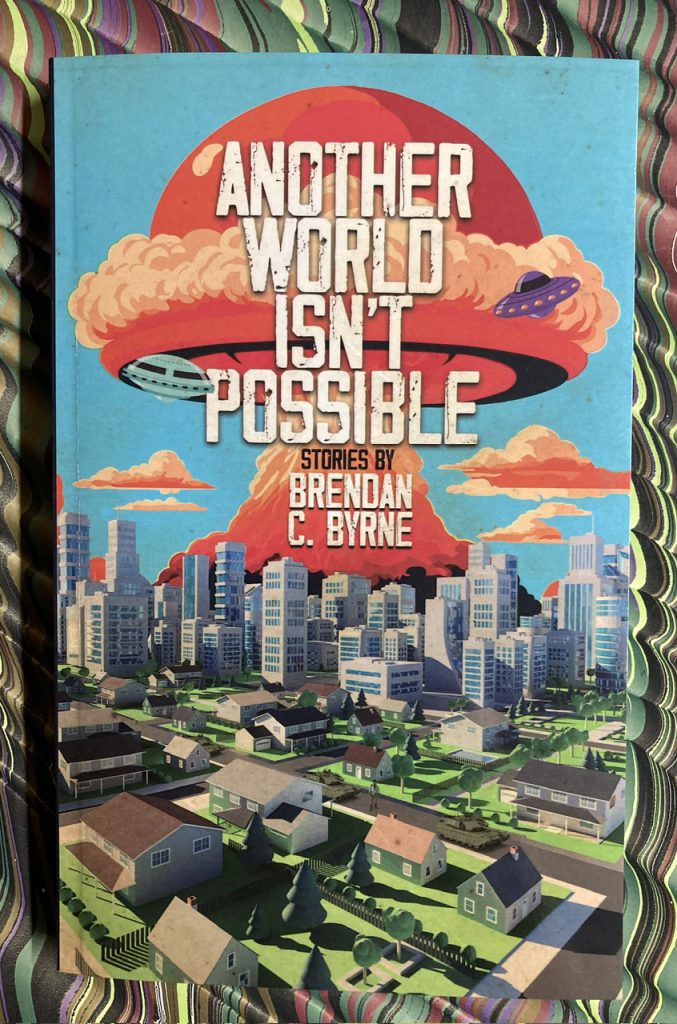 — — —
— — —
